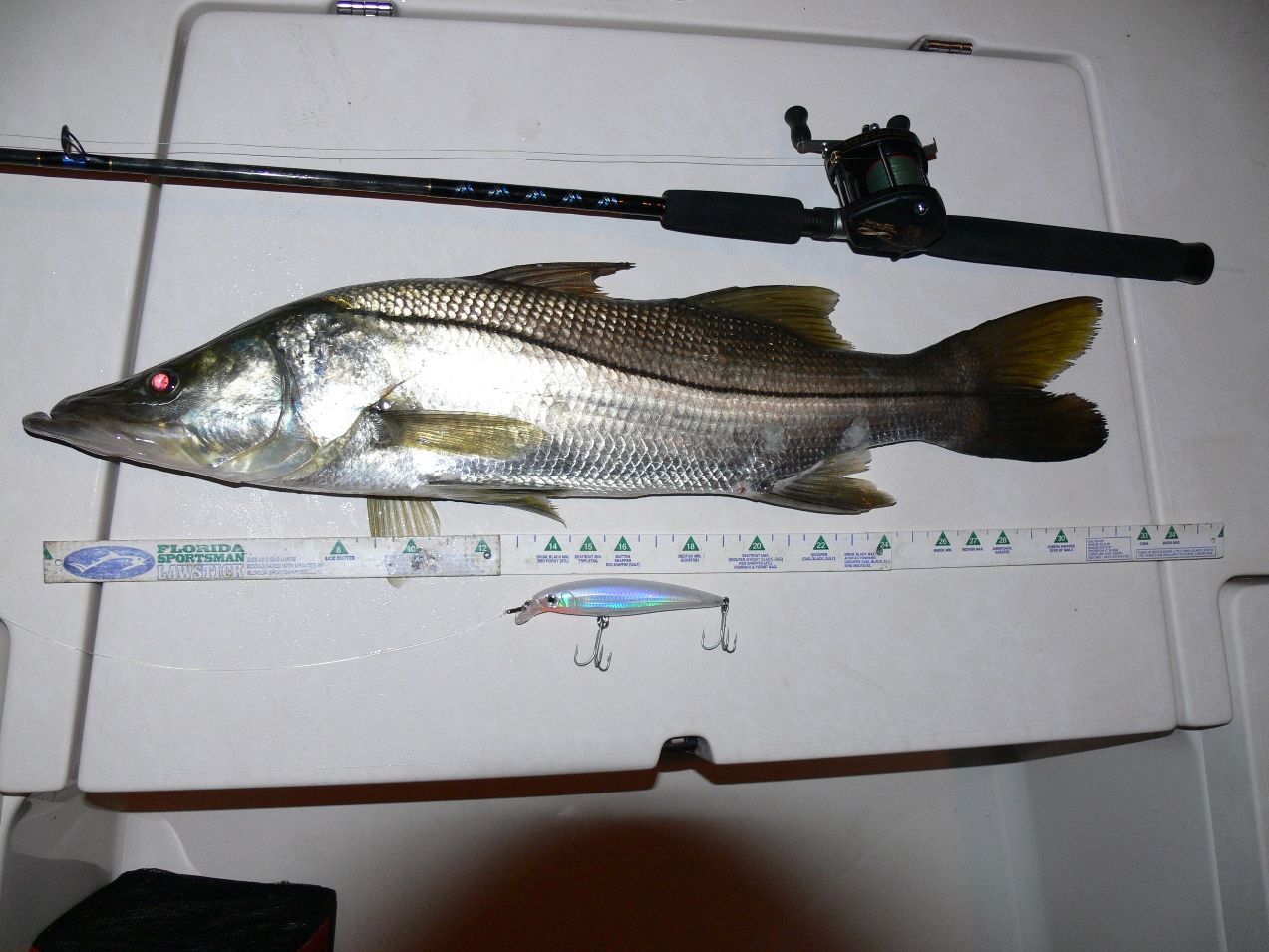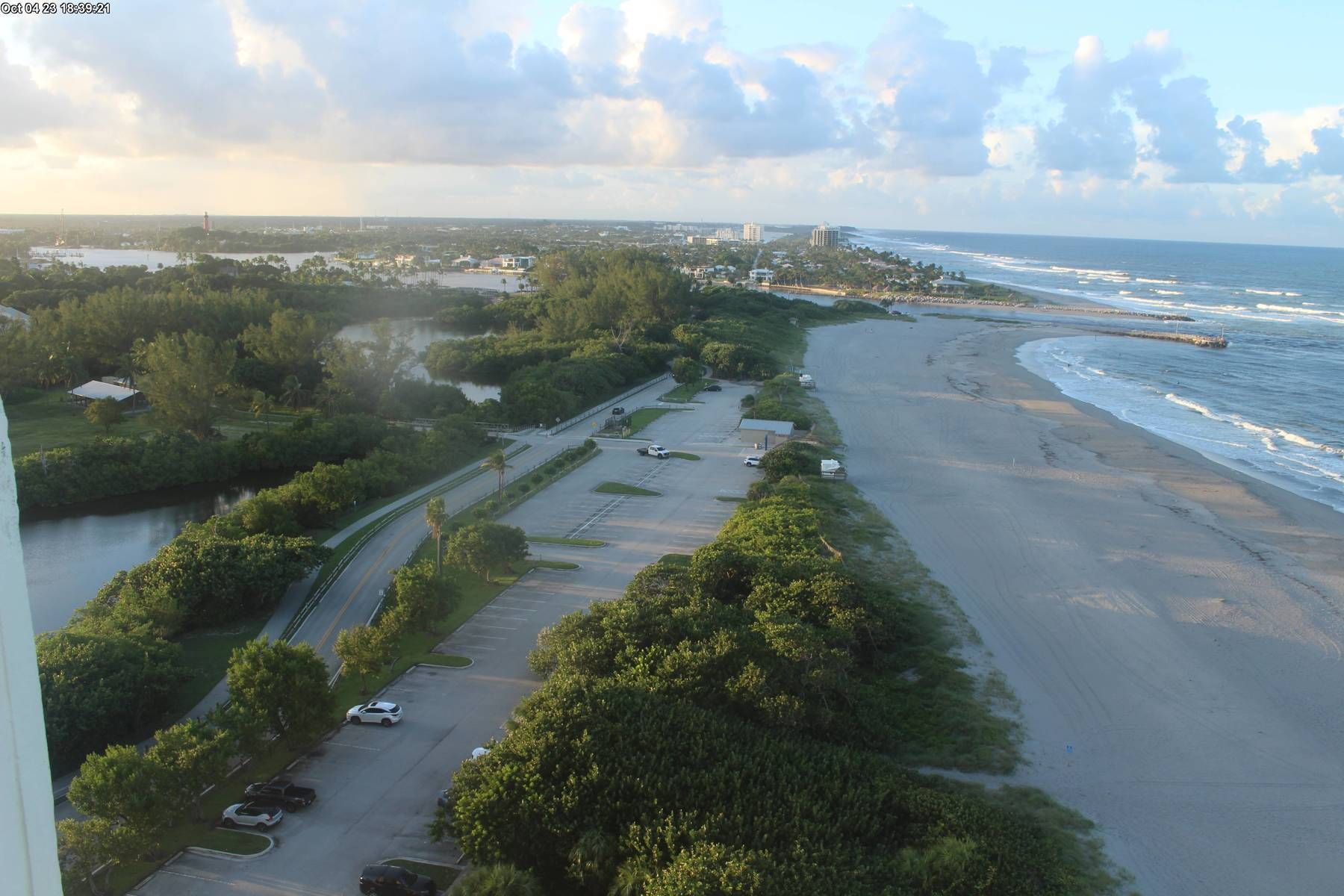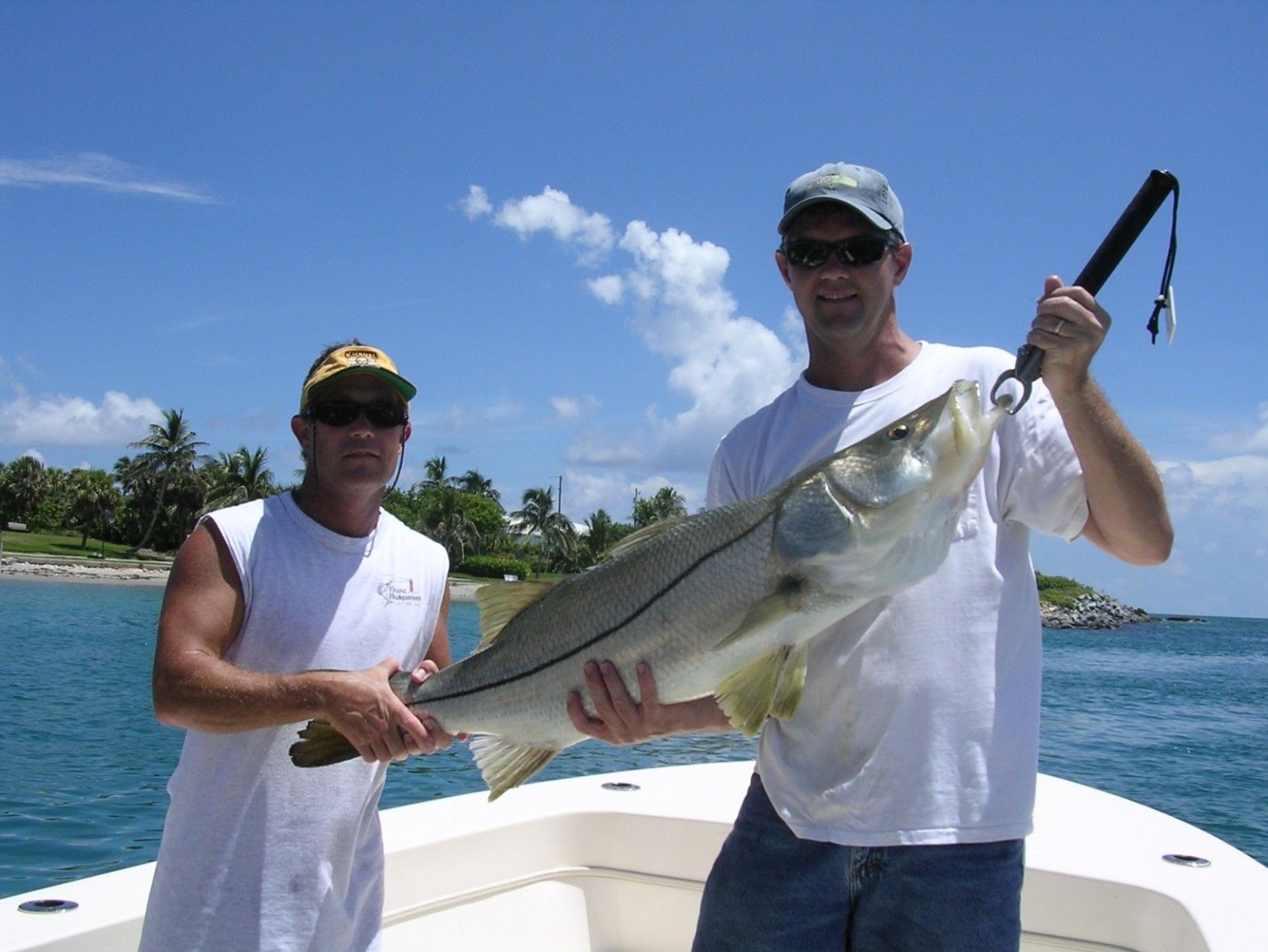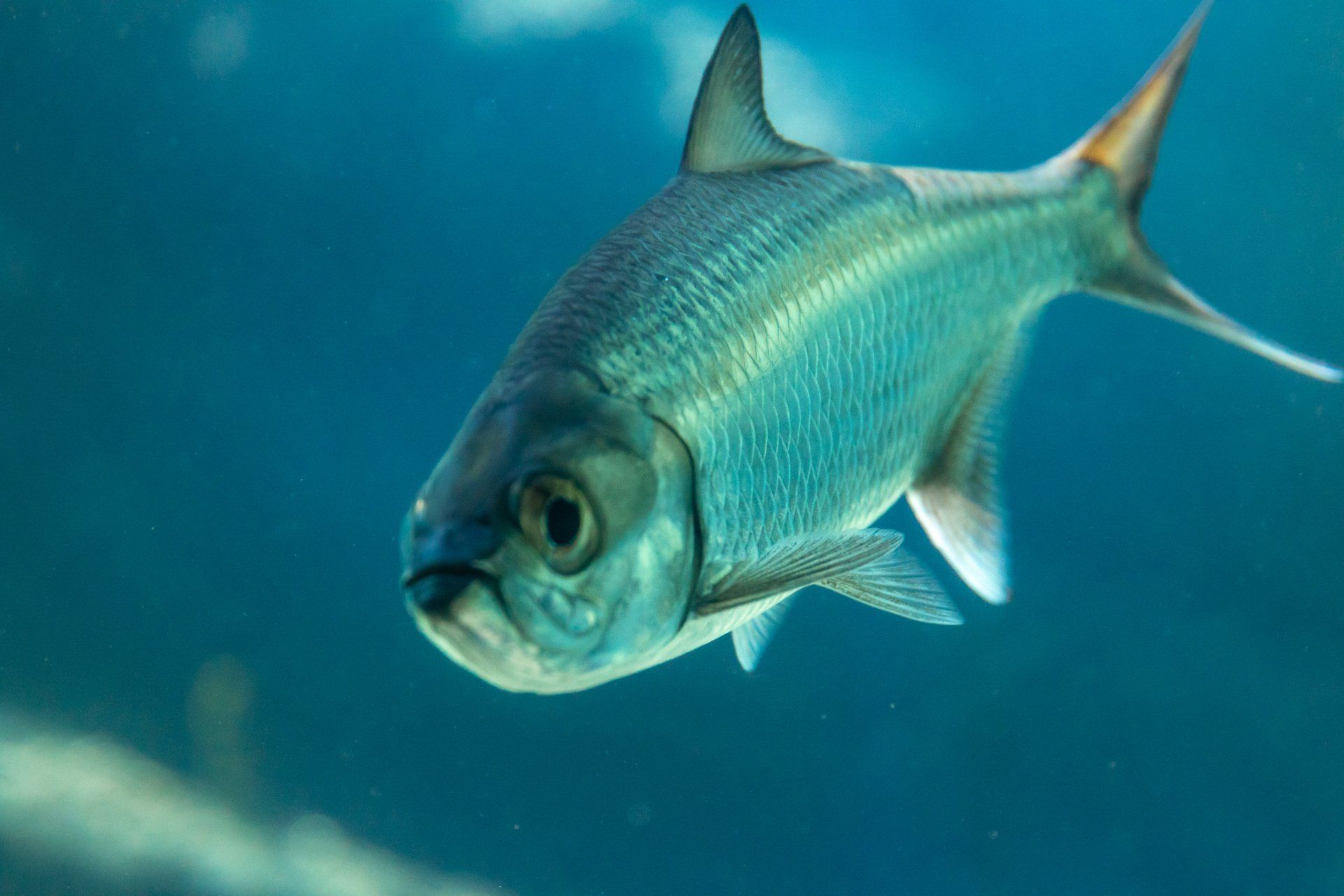
20% Off
New Fall-Winter Collection

20% Off
New Fall-Winter Collection
Snook Fishing
Fishing For Snook? This May Help!

Snook. Just the name strains even the imagination. Living in a jungle of snags or on open water Florida sugar- sand beaches, striking like marauding tuna or elegance of dining royalty, walking on water or slugging it out deep there is nothing common about the Common Snook- except the animal's natural beauty and the memories the fish leaves with you after the fight.
Snook are sub-tropical fish and are most common to Central America. Historic changes in the earth's weather is what brought the snook to Florida. It is believed that during a great warming trend after the Ice Age, snook moved northward along the Mexico shoreline. They followed the perimeter of the Gulf of Mexico, down the west coast of Florida and up the east coast. Since then, continued changes in the weather patterns have just about eliminated the population north of Homosassa on the West Coast and Port Canaveral on the east coast of Florida.
Snook are complicated animals. Among other things they are highly temperature sensitive. Like most fish they are cold blooded animals- meaning they rely on the temperature of the water to heat their bodies. The snook's comfort range is between 68 degrees Fahrenheit to 78 degrees Fahrenheit. Anything outside that range and the fish become sluggish and inactive. Much below the lower range is a real matter of concern to the snook. Snook can not tolerate sudden changes much below 60 degrees. Below 58 degrees snook are in danger of dying. A sudden blast from Jack Frost is a sure death sentence. We have learned just recently that if the water slowly falls below 58 degrees, snook can acclimate and survive. For how long and how much they can handle is uncertain. Thanks to warmer weather patterns over the last decade, Florida is enjoying some great snook fishing. Understanding weather, temperature, and periods of daylight are essential to catching this sleek gamefish. I believe more so than other fish we hunt on our Florida fishing charters, snook are the most temperamental to the elements.
Though snook don't actually migrate or "run'' on the west coast of Florida, they do make great movements throughout their range. These movements are more of an east and west direction than north and south on the Florida Gulf Coast.
Make sure to check out our Snook section:
Snook Lures
During winter snook move to areas of warmer water. Rivers and deep creeks feature freshwater run-offs and springs that seep water from the earth at a comfortable 72 degrees. Deep water canals and ship ports offer an insulation blanket. Slower to cool, snook can use these man- made holes to stay away from the rapid cooling of the bays and the Gulf. Florida power plants and their warm- water discharges offer a great refuge to winter snook lucky enough to find them.
During winter the snook's metabolism slows. Already lazy by nature ( until hooked ) and with the lower metabolism, snook are not likely to chase a frisky live bait. Acting somewhat like a freshwater bass they are suckers for artificial lures. Particularly jigs and crankbaits. During the coldest of Florida winters they just about shut down and survive off stored body fat.
As spring arrives and the periods of daylight increase, the fish begin to move west. Following the need to regain lost body fat and the necessity to store protein in preparation to spawn, they are driven to the mouth of the rivers, creeks and flats to search for food. Snook found along this movement when food supplies are low, are opportunist. It is not uncommon to find small blue crabs and other substances not part of their normal diet in their stomachs. Early spring is an excellent time to challenge the snook one- on- one. They are just as likely to take a live bait as they are plugs, jerk baits, jigs and flies. Our most successfull snook fishing charters are from March thru June.
Eventually they make it to a staging area. Most often deep water adjacent to a flat where food is abundant. Though still willing to take a fake, they key in on live scaled sardines. The sardines play a great roll in the survival of the snook on the Florida west coast. The baits are a great source of protein, but more significant is the oil they furnish. The oil saturates the developing eggs of the females, giving the eggs greater buoyancy to drift to the safety of deep water after fertilization.
By late May, sexually mature Florida snook have made it to the passes to spawn. A pass may be a cut between two barrier islands, a creek mouth or a deep channel among other places. Spawning snook can be of the most temperamental of snook. However, if you can time it just right the fishing can be red hot. Other times, when they are pre-occupied with conducting business, you might as well go home.
Snook in the passes can be taken on live pinfish, grunts, sardines, threadfins and other large baits. Jigs are the best of artificial lures and at times can out- produce anything. The ultimate fishing scenario is when the fish get on the points and along the beach in knee- deep water. Flyfishing with a 8 wt. fly-rod and streamer flies sight-casted to cruising or milling snook offer the ultimate in both hunting and fishing. This type of fishing charter is best accomplished by getting out of the boat and stalking the fish while walking on the warm Florida sand.
After completing their spawning activities, they return again to a near- shore staging area. Again deep water adjacent to a flat with an abundance of food is where they always can be found. After summer the days begin to get shorter, and with the first cool fronts of the season the fish begin to retreat to their winter haunts.
Snook activity, be it their movements or feeding habits, is greatly dictated by the phases of the moon. Periods of the dark moon and the full moon, with their coinciding strong tides, definitely affect fishing. Solunar periods, temperature, barometer, and time of year must all be factored in the formula for successful fishing charters. Preparation, top notch tackle, positive terminal tackle, timing, instinct, dedication, and understanding of Snook are essential. Being snookered, too, is part of snooking. Taking into account their habitat of trees, rocks, docks and oyster bars, the snook's disposition, lite tackle, and variables with atmospheric conditions, snook offer one of the biggest challenges in the angling world.
Many things have changed over the years in the ever changing world of the common snook. They have changed their hang-outs and their habits. To be proficient, one must fish them on a routine basis all year.
Make sure to check out our Snook section: Snook Lures





